How Many Species Of Flamingos Live In The World?
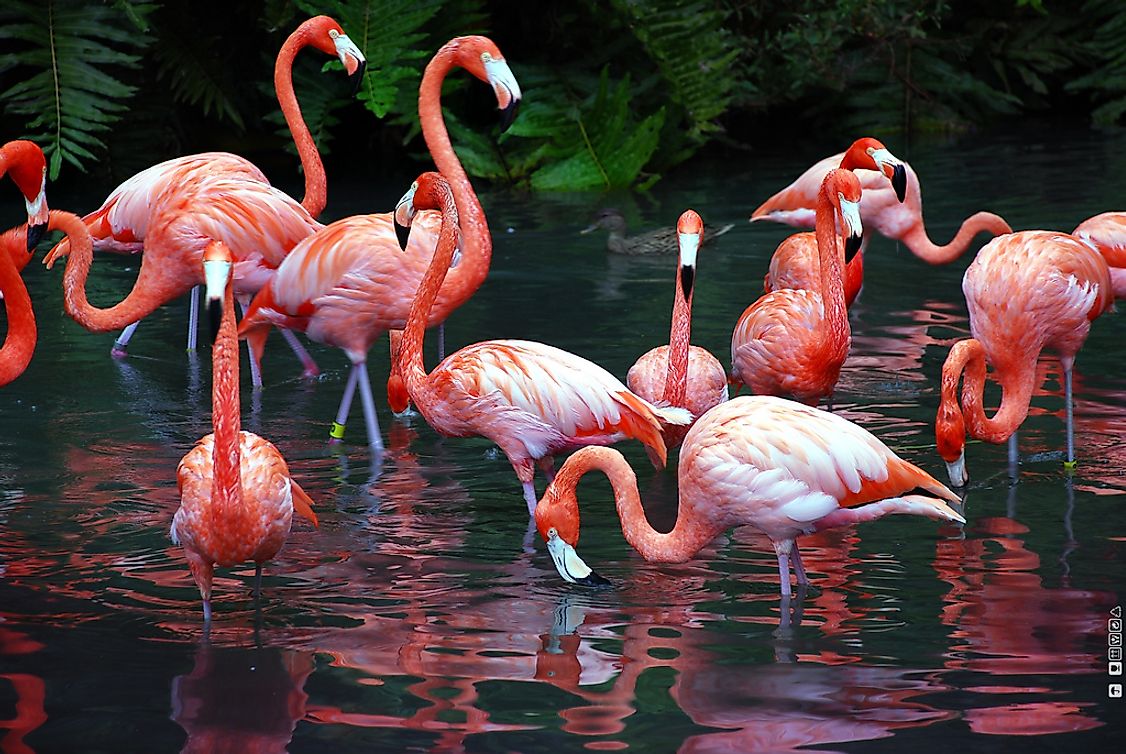
Flamingos are beautiful wading birds in the Phoenicopteridae family and order Phoenicopteriformes. The birds can be classified into six species of which four are found in the Americas and two in the Old World.
6. American Flamingo
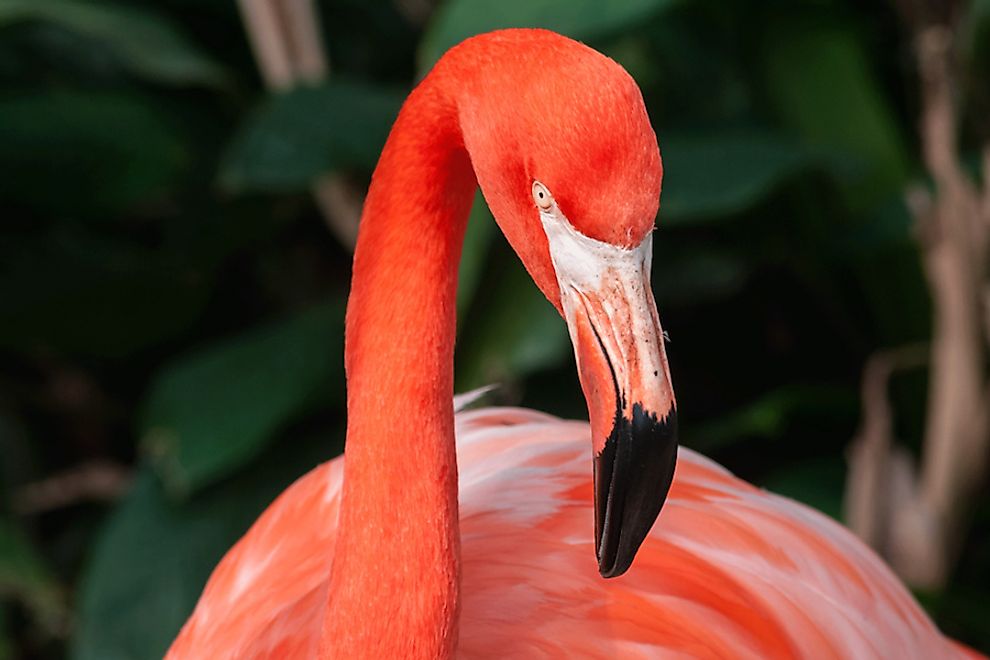
The American flamingo (Phoenicopterus ruber) is the only flamingo species that is found in the wild in North America. The birds breed in the Caribbean Islands, Galapagos, Venezuela, and coastal Colombia. The American flamingo has a reddish-pink plumage and is the largest flamingo in the Americas. The flamingos are about 120 to 145 cm tall. The birds have red wing coverts and black primary and secondary flight feathers. The bill of the bird is pink and white with a black tip. The birds often migrate, if not for long distances, in search of food resources once they become scarce in their former habitat.
5. Andean Flamingo
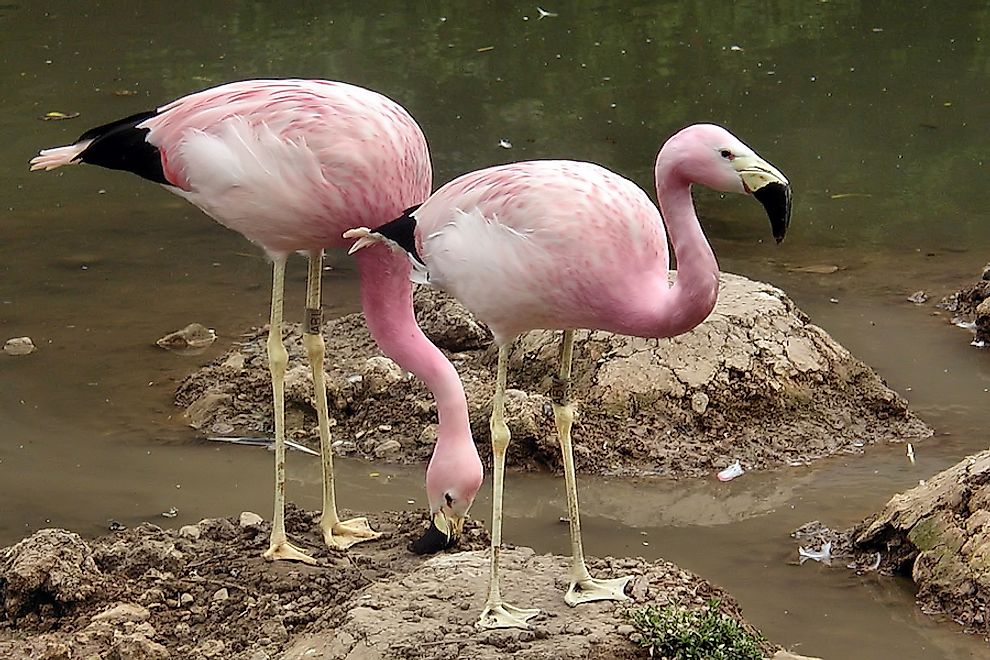
The Andean flamingo (Phoenicoparrus andinus) that lives in South America’s Andean mountains, is the rarest flamingo among all the flamingo species. The bird has a pale pink body, pale yellow and black bill, and yellow legs. Like other flamingos, these birds are filter feeders. They feed on vascular plants, invertebrates, fish, and microscopic algae. The bird is currently threatened by mining activities and habitat loss and hence are classified as vulnerable by the IUCN.
4. James’s Flamingo
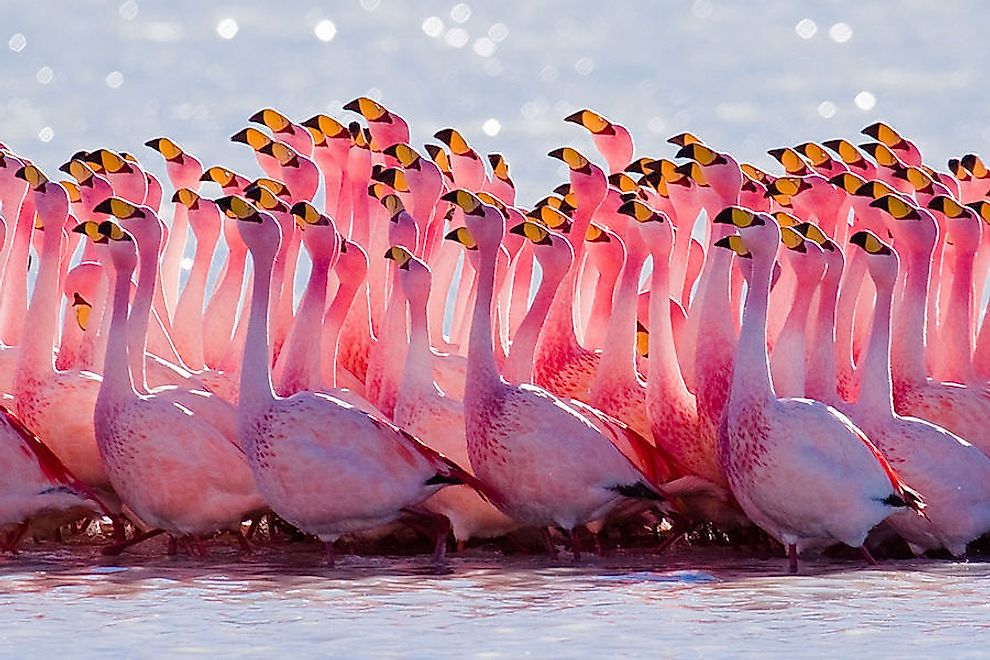
The James's flamingo (Phoenicoparrus jamesi) lives in the high altitude regions of the Andean plateau with its range including parts of Argentina, Bolivia, Peru, and Chile. The flamingo is about the same size as the lesser flamingo. The birds measure between 90 to 92 cm in length and weigh about 2 kg. The birds have long, thin legs and long, flexible necks. The plumage of James's flamingo is pale pink with bright carmine streaks on the back and the neck. Flight feathers are black in color. The bill of the bird is bright yellow with a black tip. The legs are brick red in color. The James's flamingo feeds mainly on microscopic algae. The destruction of habitat and collection of eggs by locals are the two biggest threats to the population of the flamingos. Thus, the species is labeled as “Near Threatened” by the IUCN.
3. Chilean Flamingo
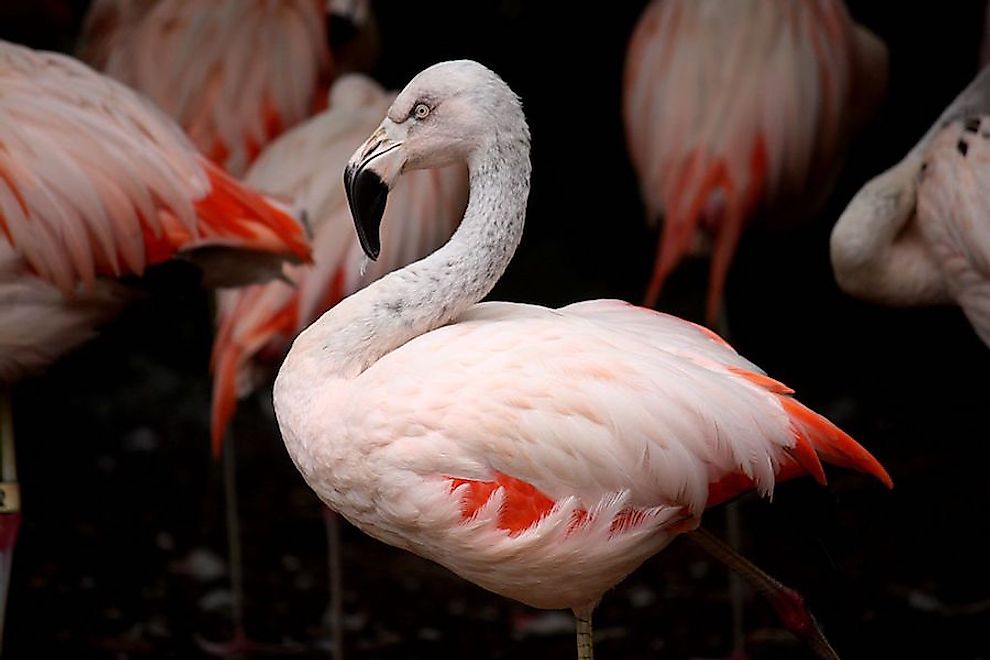
The Chilean flamingo (Phoenicopterus chilensis) is a flamingo species that breeds in South America. The range of the birds include the countries of Peru, Ecuador, Chile. Argentina, and Brazil. The birds have also been introduced in the Netherlands, Germany, and the US. The Chilean flamingo’s plumage is slightly larger and pinker than that of the greater flamingo. More than half of the bill is black-colored and the legs are gray-ish with pink-ish joints. The Chilean flamingos feed on algae and plankton in the shallow muddy water of lagoons, salt lakes, mudflats, and estuaries in its range. The birds are classified as Near Threatened by the IUCN.
2. Lesser Flamingo
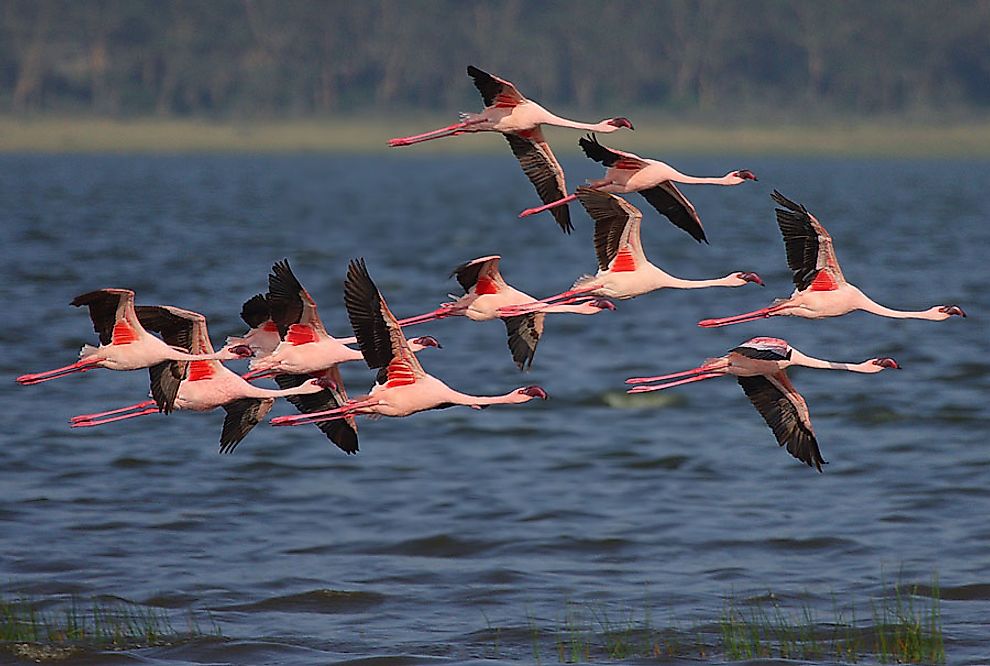
The lesser flamingo (Phoeniconaias minor) is a flamingo species distributed throughout India and sub-Saharan Africa. The birds are the smallest among all flamingo species. They weigh between 1.2 to 2.7 kg and are 80 to 90 cm tall. The lesser flamingos are quite similar in appearance to the greater flamingos. The more extensive black on the bill of the former is the only feature that helps distinguish these two species. The presence of the lesser flamingos near a water body indicates that the water is alkaline in nature and not fit for irrigation. This is because the birds feed on Spirulina algae which mainly grows in highly alkaline lakes. The algae consumed by the birds is responsible for their pinkish plumage. Unlike the greater flamingos, the lesser flamingos are vulnerable to attacks by a number of predators like African fish eagles, wildcats, baboons, etc. The bird, despite its large population, is classified as near threatened as the population of this bird is falling sharply and the range is also decreasing at a rapid rate. Heavy metal poisoning of the habitat of these birds in Africa is suspected to be the reason behind the birds' declining numbers.
1. Greater Flamingo
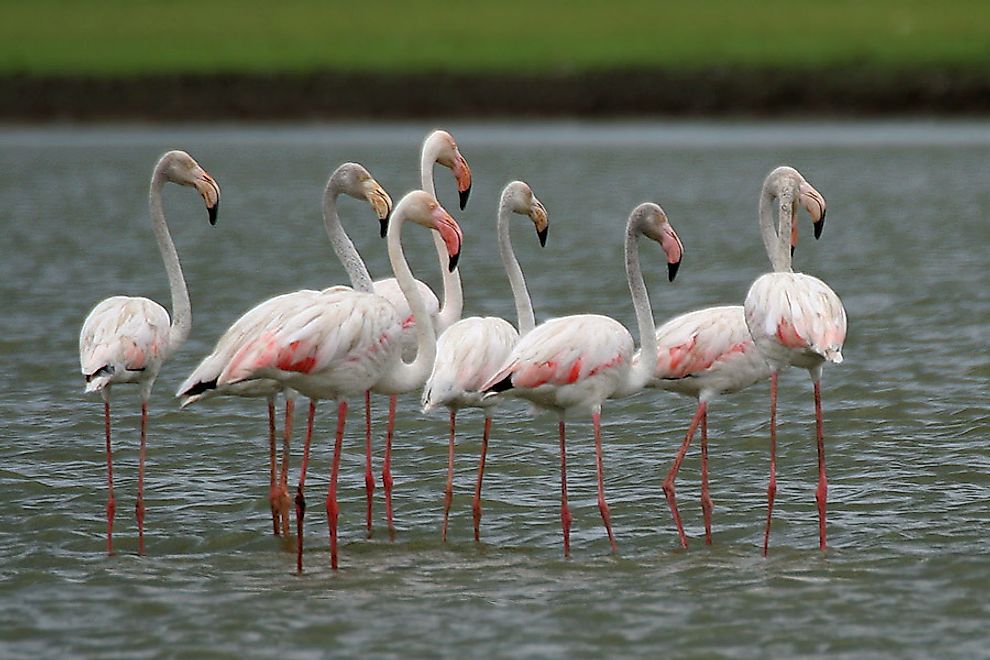
The greater flamingo (Phoenicopterus roseus) is the flamingo family’s most widespread species and is found living in the Middle East, Africa, Southern Europe, and the Indian subcontinent. The greater flamingo is the largest flamingo species. The birds weigh about 2 to 4 kg and are 110 to 150 cm tall. The beautiful bird has a pink bill with a black tip, pink legs, pinkish white plumage, red wing covers, and black primary and secondary flight feathers. Within their range, the birds can be observed in mudflats and shallow lagoons near the coast. The bird forages for seeds, shrimp, blue-green algae, mollusks, and crustaceans in the mud. The lifespan in captivity has been found to be about 60 years. The greater flamingo adults have few predators in nature. Polluted water, bacterial contamination of the water where they feed, and encroachment of their habitat by humans are the main threats to this species.











